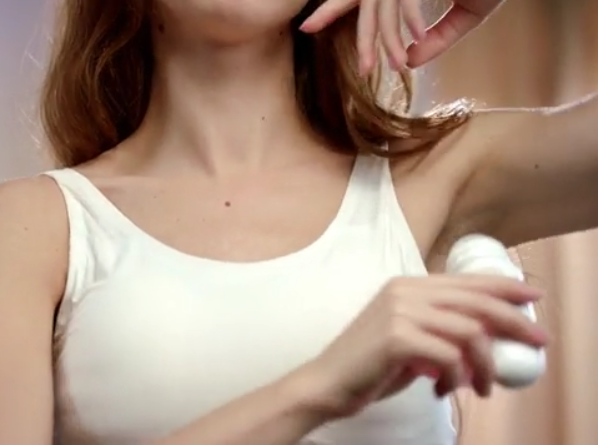Regulation (EU) 2021/1902 banned the use of this chemical compound from 1 March 2022 in cosmetics.



What is BMHCA or 2-(4-terz-butilbenzil)propionaldeide or Butylphenyl Methylpropional or Butylphenylmethylpropional or Lilial
The name describes the structure of the molecule:
- Butylphenyl is a phenyl group, a ring of 6 carbon atoms derived from benzene, to which is attached a butyl group, a chain of 4 carbon atoms.
- Methylpropional is a propional group, a chain of 3 carbon atoms to which is attached a methyl group, a single carbon atom with 3 hydrogen atoms.
The synthesis process takes place in different steps:
- Production of materials. The first step concerns the production of the starting materials, i.e. the production of butylphenol and methylpropionaldehyde. Butylphenol can be produced by alkylation of phenol with butene in the presence of an acid catalyst. Methylpropionaldehyde can be produced by hydroformylation of propene.
- Condensation reaction. Butylphenol and methylpropionaldehyde are reacted together in a condensation reaction by heating the two components together in the presence of an acid catalyst. The reaction produces butylphenyl methylpropionaldehyde and water.
- Purification. The resulting butylphenyl methylpropional is purified to remove unreacted butylphenol or methylpropionaldehyde, catalyst and any other impurities. This is generally performed by a process such as distillation or filtration.
What it is for and where
Cosmetics
Used in cosmetics, restricted ingredient II/1666 a Relevant Item in the Annexes of the European Cosmetics Regulation 1223/2009. with the following INCI functions:
Fragrance. It plays a decisive and important role in the formulation of cosmetic products as it provides the possibility of enhancing, masking or adding fragrance to the final product, increasing its marketability. It is able to create a perceptible pleasant odour, masking a bad smell. The consumer always expects to find a pleasant or distinctive scent in a cosmetic product.
Perfuming. Unlike fragrance, which can also contain slightly less pleasant or characteristic odours, the term perfume indicates only very pleasant fragrances. Used for perfumes and aromatic raw materials.

It 'a component that could give allergy for which its name must be reported on the labels of the components of the product.
Studies on Butylphenyl Methylpropional
- Molecular Formula: C14H20O
- Molecular Weight: 204.313 g/mol
- CAS: 80-54-6 39390-70-0 75166-25-5
- EC Number: 201-289-8
- PubChem Substance ID 329756419
- MDL number MFCD00047655
- Beilstein Registry Number 880140
Synonyms:
- Lilial
- 3-(4-(tert-Butyl)phenyl)-2-methylpropanal
- Lilyal
- lily aldehyde
- 3-(4-tert-Butylphenyl)isobutyraldehyde
- 3-(4-tert-butylphenyl)-2-methyl-propanal
- beta-3-(4-tert-Butylphenyl)isobutyraldehyde
- DSSTox_CID_6500
- p-tert-Butyl-.alpha.-methylhydrocinnamaldehyde
- .alpha.-Methyl-p-(tert-butyl)hydrocinnamaldehyde
- Hydrocinnamaldehyde, p-tert-butyl-.alpha.-methyl-
- p-tert-Butyl-.alpha.-methylhydrocinnamic aldehyde
- Propanal, .alpha.-methyl-.beta.-(p-tert.-butylphenyl)-
- .alpha.-Methyl, .beta.-(p-tert-butylphenyl)propionaldehyde
- Lilialdehyde
- Lilyaldehyde
- Propionaldehyde, .beta.-(4-tert-butylphenyl)-.alpha.-methyl-
- 3-(4-tert-Butylphenyl)-2-methylpropanal
- 3-(4-tert-Butylphenyl)-2-methylpropionaldehyde
- 3-[4-(tert-butyl)phenyl]-2-methylpropanal
- Butylphenyl methylpropional
- Benzenepropanal, 4-[1,1-dimethylethyl]-.alpha.-methyl-
- 4-tert-butyl-alpha-methylhydrocinnamaldehyde
- Benzenepropanal, 4-(1,1-dimethylethyl)-.alpha.-methyl-





